East Sussex wildlife charity appeals to councils and developers for help and support
and live on Freeview channel 276
East Sussex Wildlife Rescue & Ambulance Service has sent a letter to various local authorities in the county as well as housing developers appealing for help and support as the number of casualties being dealt with increases.
Trevor Weeks MBE, founder and Operations Director for the charity believes that many councils and developers are so much better than they used to be in mitigating wildlife and environmental factors than they were when he first started rescue work back in the 1980s, but feels that the long term effects and the costs of dealing casualties caused as a result of these developments as wildlife is forced to adapt and live side by side with humans is ignored.
Advertisement
Hide AdAdvertisement
Hide AdThe majority of casualties East Sussex WRAS deals with are caused directly or indirectly as a result of human activity and organisations like East Sussex WRAS are left to pick up the pieces and assist with little to no assistance.
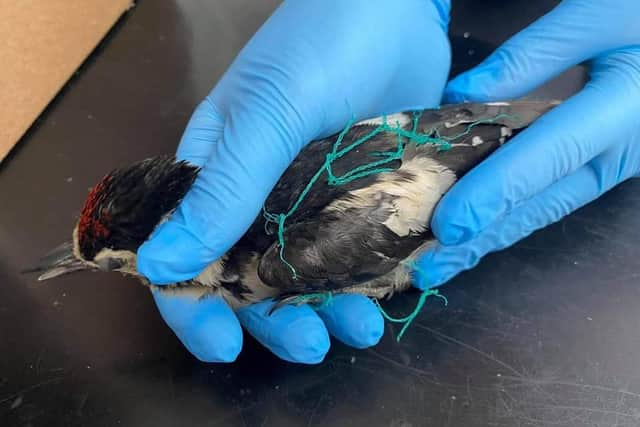

“It is becoming harder across the UK for people to find and access wildlife rescue organisations, with all groups struggling for funding as there is so little money available. Although many trusts and companies fund conservation projects, they do not see wildlife rescue as being conservation nor benefiting the community, despite this not being the case” said Trevor, “There are billions of pounds available for conservation charities across the UK but despite over 51% of birds being rescued by East Sussex WRAS falling into the Red and Amber conservation status and over 55% of mammals falling into the Endangered or Vulnerable category the same level of funding doesn’t exist for wildlife welfare charities many of whom work on a shoestring.”
In the letter Trevor states…
It is not the animals which call out WRAS, but concerned, anxious, upset, emotional people who come across what can be horrendous scenes and need help. When deer, badgers, foxes, swans, gannets, and other wildlife are sick or injured members of the public can’t be expected to pick them up themselves and safely handle them. Veterinary practices are already over stretched, many can’t take in wildlife due to new isolation procedures which are now needed thanks to avian influenza, often meaning casualties go un-helped or are just euthanised regardless of their conservation status, unless wildlife rescue organisations step in.”
The charity states that Avian Influenza has caused more people to refuse to pick up casualties meaning WRAS’s ambulances have been busier than ever undertaking collections and often find the casualties are harder to find, take up more time, often can’t be found, or have moved into a dangerous location and been killed.
Advertisement
Hide AdAdvertisement
Hide Ad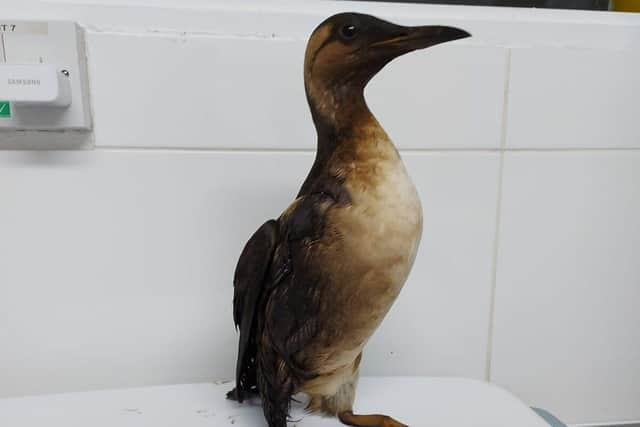

East Sussex WRAS is struggling to expand as finding land and suitable buildings is almost impossible. What land and buildings are available are being sold at a premium in the local area.
East Sussex WRAS is now one of the biggest wildlife rescue organisations in the Southeast and has been a member of the British Wildlife Rehabilitation Council since 1998. WRAS is predicting 2023 will see a record number of casualties being helped – over 5200! The charities hospital has a veterinary theatre, digital x-ray as well as various wards and isolation to help treat over 350 casualties at any one time. The charity employs a vet and several staff as well as utilising over 150 volunteers to help keep the charity running. The charity has a small fleet of 5 veterinary ambulances which help respond to a wide variety of wildlife incidents across East Sussex.
East Sussex WRAS is urging developers, MPs and councils to consider making donations, grants and other funding available to help local wildlife rescue organisations cover the increasing costs as more casualties occur as they conflict with humans as a result of housing development.
A list of the most common incidents dealt with by East Sussex WRAS which are directly or indirectly related to human activity are:
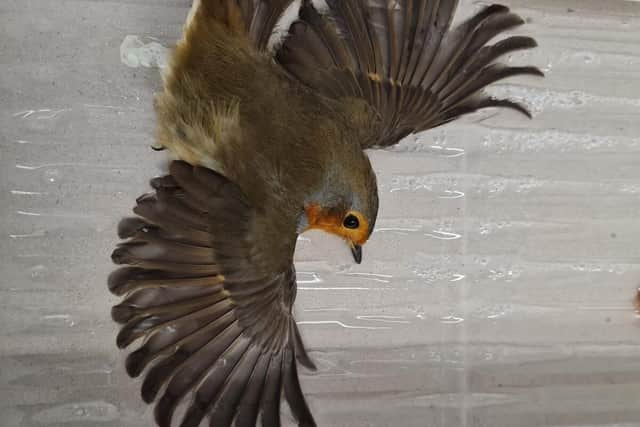

· Road casualties.
Advertisement
Hide AdAdvertisement
Hide Ad· Inappropriate use of firearms (especially air guns) and use of catapults.
· Inappropriate use if poisons.
· Cat and dog attacked wildlife.
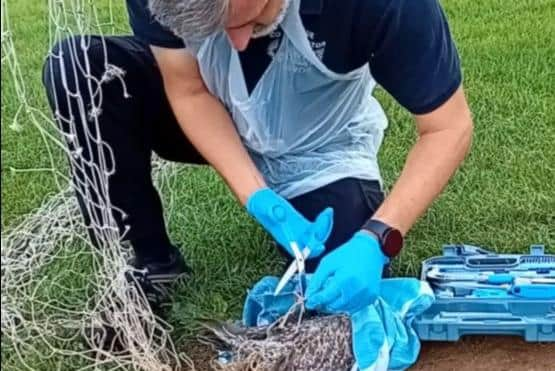

· Use of glue traps and fly papers.
· Inappropriate placement of rodent traps
· Disturbance to wildlife in gardens causing orphans or abandonments.
· Birds being caught in netting on buildings.
· Mammals being caught up in netting on sports fields, garden netting or netting over ponds.
· Wildlife entangled in electric rope and rope swings.
Advertisement
Hide AdAdvertisement
Hide Ad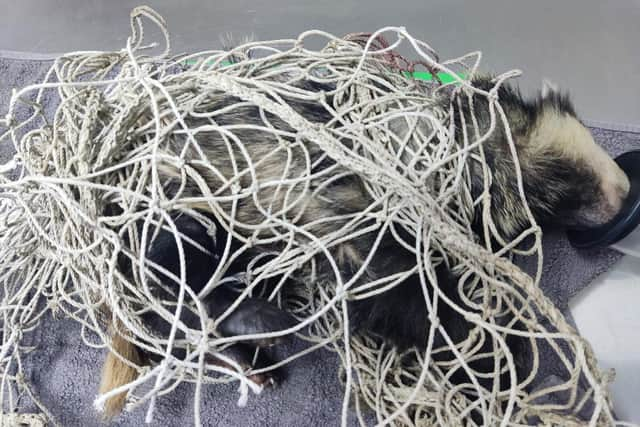

· Increased use of the countryside by humans making habitats unsuitable for the more sensitive and shy species of wildlife.
· Pollution of our rivers and ponds.
· Unhygienic use of bird tables and feeders.
· Wildlife falling into and becoming trapped in buildings, basements, pipes or shut in compounds.
· Window strikes.
· Larger birds like swan crash landing due to turbulence caused by developments.
· Bird hitting overhead cables.
· Well-meaning people picking up young wildlife by mistake.
· The orphans created as a result of the above.
· And much more…
Anyone wanting to support East Sussex WRAS can visit their website at www.wildlifeambulance.org or call 01825-873003 to make a donation.